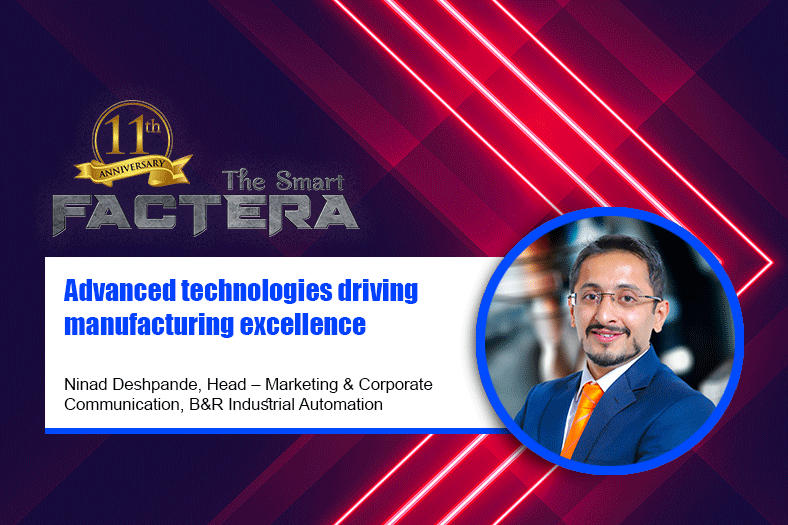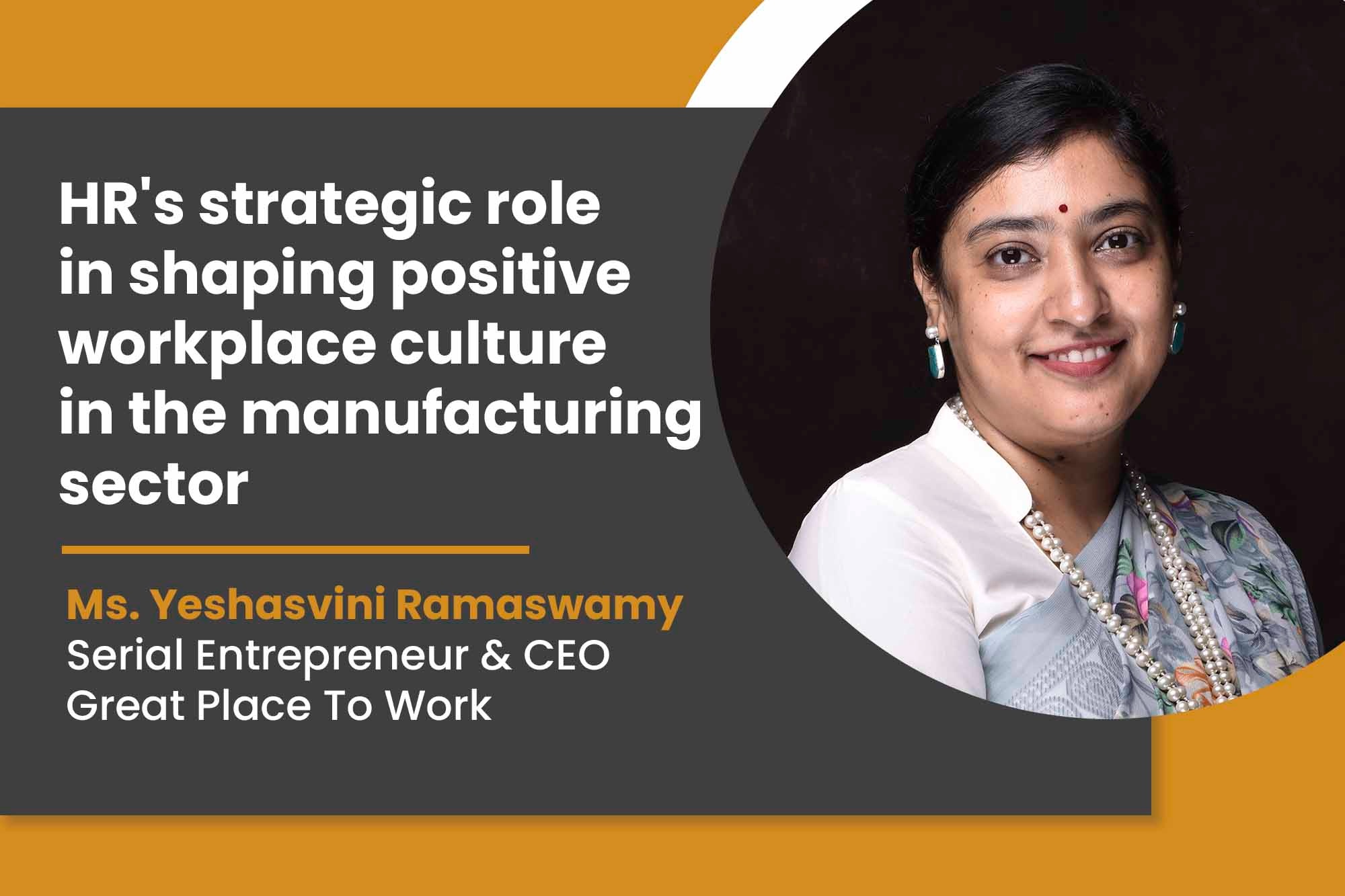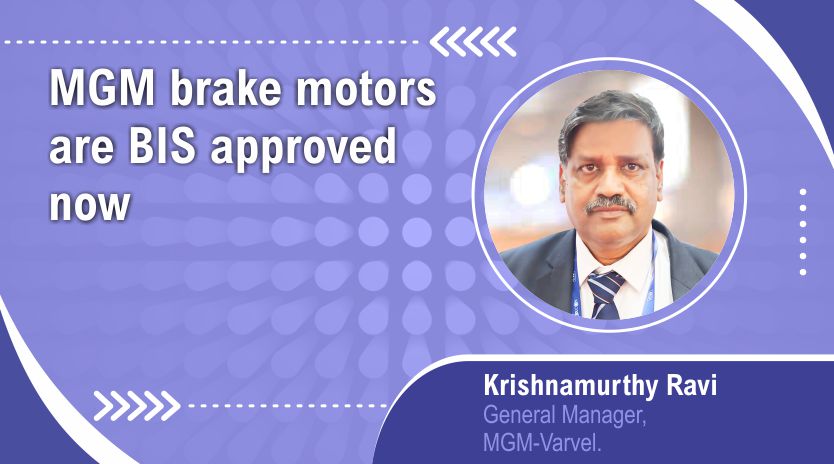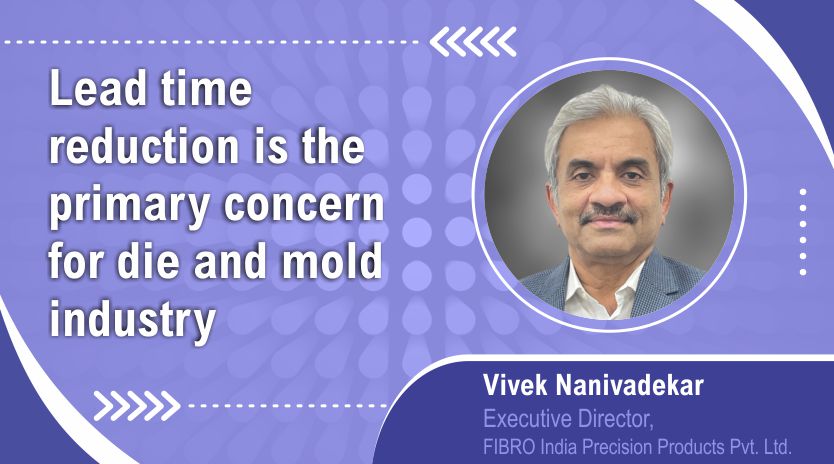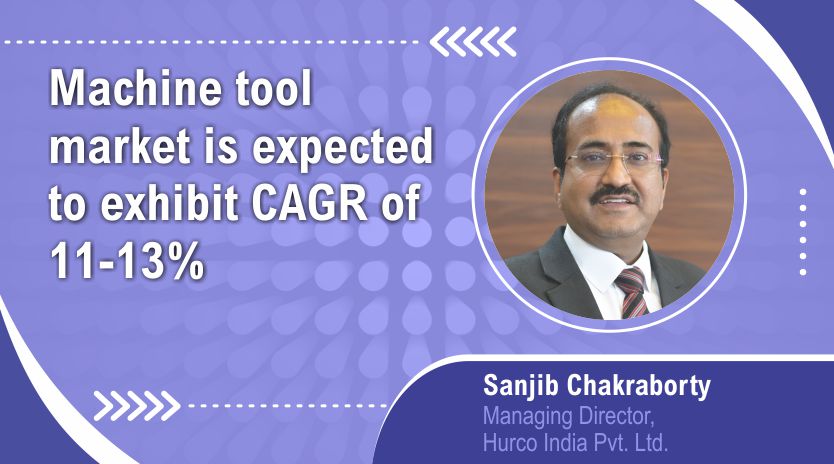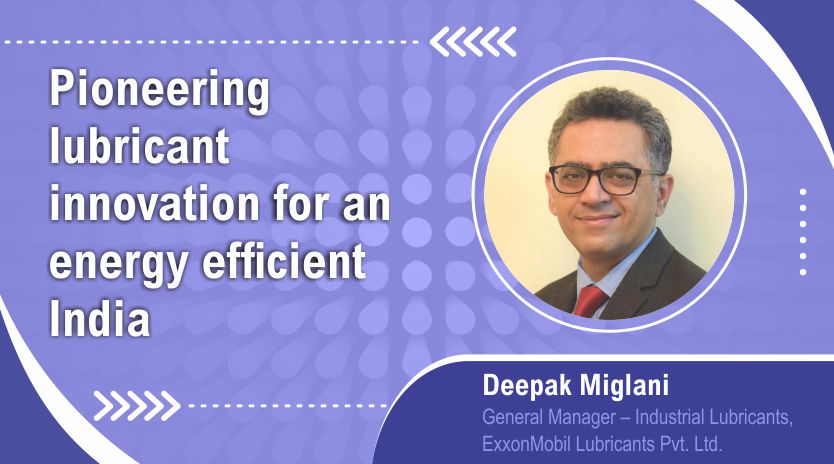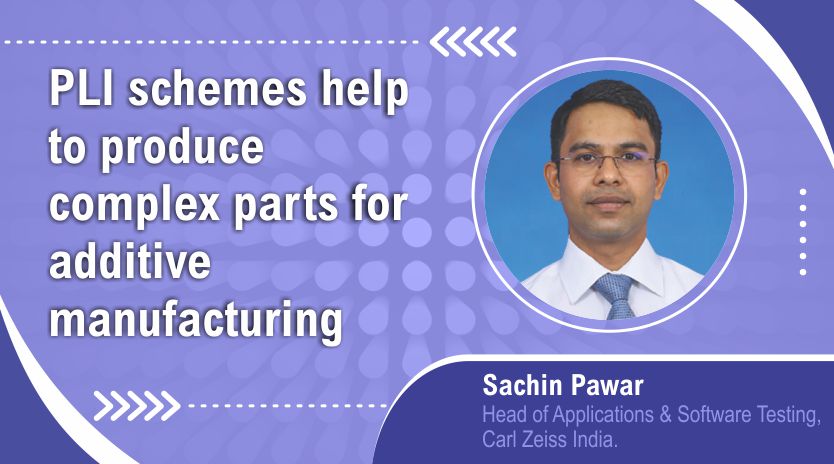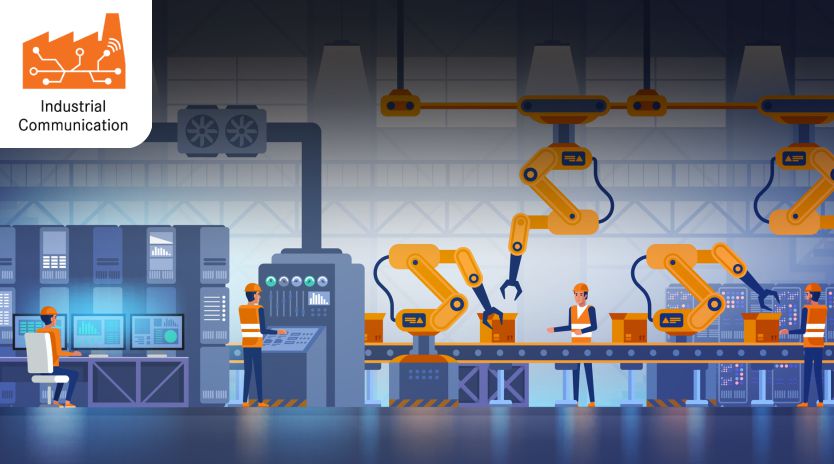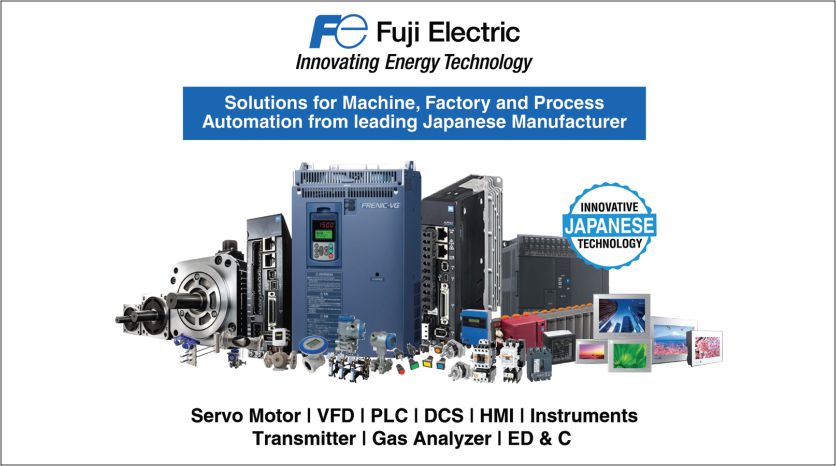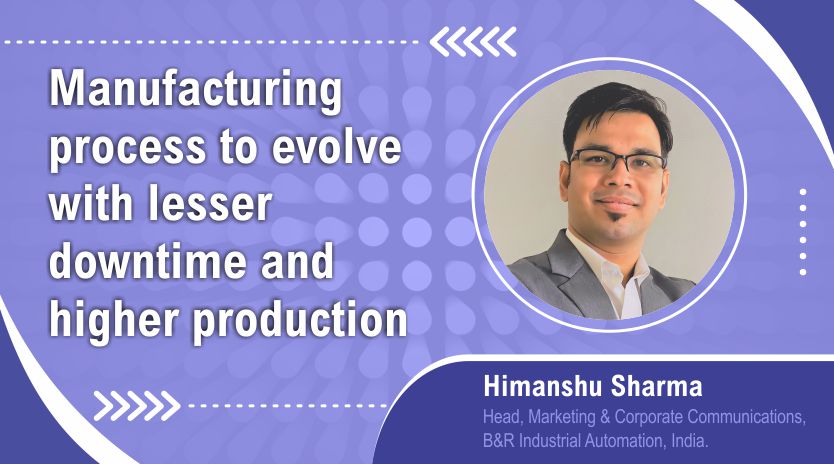Advanced technologies driving manufacturing excellence
By OEM Update Editorial June 10, 2020 12:56 pm IST
It is necessary for all stakeholders and management to unanimously agree on the road map and the need for smart factory adoption.
Indian OEMs catering to various industries are technologically driven and not cost-oriented, says Ninad Deshpande, Head – Marketing & Corporate Communication, B&R Industrial Automation. He also discusses how machine design and manufacturing are undergoing rapid change due to the new technologies in the market.
How has your company’s journey been in the adoption of smart factories?What today is paraded under the banner of Industry 4.0 has been common practice at B&R’s own production facilities for nearly a decade. The smart factory in the Upper Austrian town of Eggelsberg has been fully networked since 2006 and is being upgraded all the time. Our PC production is capable of producing a one-off item with the same efficiency as a batch of 1000. Our customer has more than 250 billion different hardware configurations to choose from. Our entire production has is a single, homogeneous network that incorporates every machine and every building automation component as well as the ERP system. Overall equipment effectiveness (OEE) can be viewed at any time and even compared between production lines, shifts or workdays. With APROL, we always have an eye on our energy consumption enabling us to make immediate corrections if something is wrong. Moreover, with APROL condition monitoring tools, we are able to determine the ideal timing for maintenance work. This eliminates the waste of replacing parts too early, as well as the risk of waiting too long and damaging a machine. For B&R, networked smart factory production has been a reality since 2006.
What kind of steps do companies, including MSMEs, need to take for the adoption of smart factories?
Over the years, companies (MSMEs and SMEs) are aware of various technologies available for building smarter machines, lines, and factories. They have definitely been part of various events, webinars, and conferences highlighting technologies for implementing such future factories or future enterprises. B&R too organises such interesting conferences in the form of Innovation Day and Technology Days to help spread awareness, which is attended by various innovative machine builders and factories across India. Over the years, we have observed awareness amongst Indian manufacturing to be much higher and eagerness to move forward is also evident. Yet, taking the first step is the most challenging part in this process. In my opinion, a strong partner is necessary for successful adoption and implementation of smart factories. It is essential for MSMEs to know that building a smart, next-generation factory requires multiple entities collaborating at various levels. Moreover, it is important to understand that it is necessary for all stakeholders and management to unanimously agree on the road map and the need for smart factory adoption.
How have machine learning (ML), artificial intelligence (AI), robotics, automation and big data been implemented by OEMs to move towards a Connected Enterprise?
Today, Indian OEMs catering to various industries are technologically driven and not cost-oriented. India is no longer a low-cost manufacturing hub and OEMs are focusing on various technology adoptions for competing globally. Robotics has become an integral part of machine building and adoption of robotics is expected to double in coming years. With machine-centric robotics, B&R now offers ABB robots as an integral part of its automation system. Customers benefit from unprecedented precision in synchronisation between robotics and machine control. OEMs are increasingly moving towards open-source, vendor-dependent communication protocols, enabling seamless vertical and horizontal connectivity. With OPC UA, MQTT, AMQP and OPC UA over TSN, OEMs are guaranteeing IT/OT convergence on any factory floor.
What are the challenges faced by OEMs while transitioning towards smart factories?
OEMs have been building machines using conventional machine design techniques. No doubt, over the years they have been successful and built a great reputation. With new technologies, the machine design and the way in which machines are built are undergoing a rapid change. Take for example the innovative product transport technologies such as ACOPOStrak or virtualisation (digital twin) or additive manufacturing or integrating robotics and vision into automation systems, amongst many others. OEMs need to look at these technologies not as disruptions, but as a way to further increase their equipment efficiency and reduce waste and time to market. The mindset needs a paradigm shift to adopt these technologies and make it a part of the design mechanisms. The biggest hurdle might be a change in mindset towards transitioning towards smart machines and factories.
What kind of technological advancement can we expect with respect to smart manufacturing in the coming years?
In my opinion, this is way too hard to predict. We have seen technology grown in leaps and bound over the years. Not many could have predicted artificial intelligence, machine learning, additive manufacturing, humans and robots working hand-in-hand and big data to be part of the existing automation and manufacturing ecosystem. Yet, today OEMs and factories are striving for incorporating such advanced technologies in their machines, lines and factories. As rightly said, data has become the new oil and extracting valuable and actionable information is the need of the hour. However, we will not be disappointed with what the future holds in store of us in coming years.
Cookie Consent
We use cookies to personalize your experience. By continuing to visit this website you agree to our Terms & Conditions, Privacy Policy and Cookie Policy.



